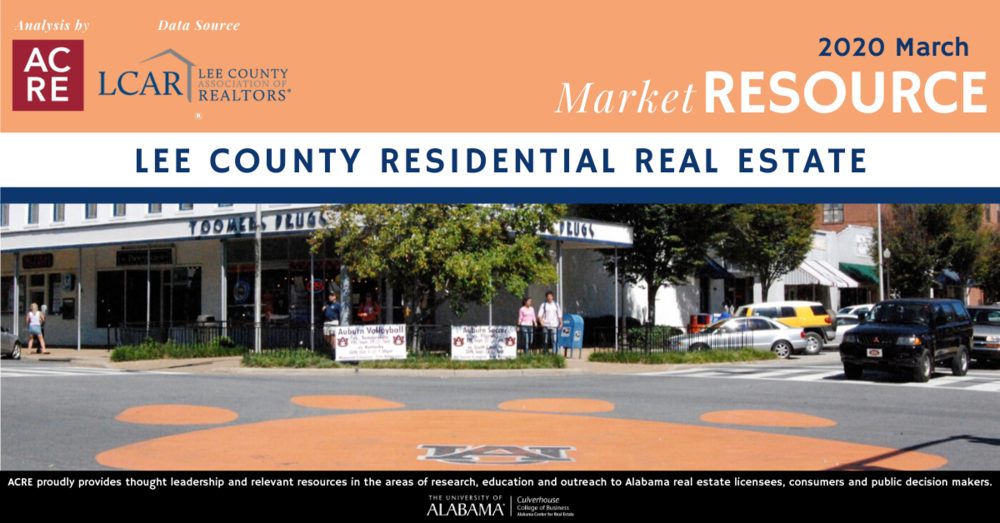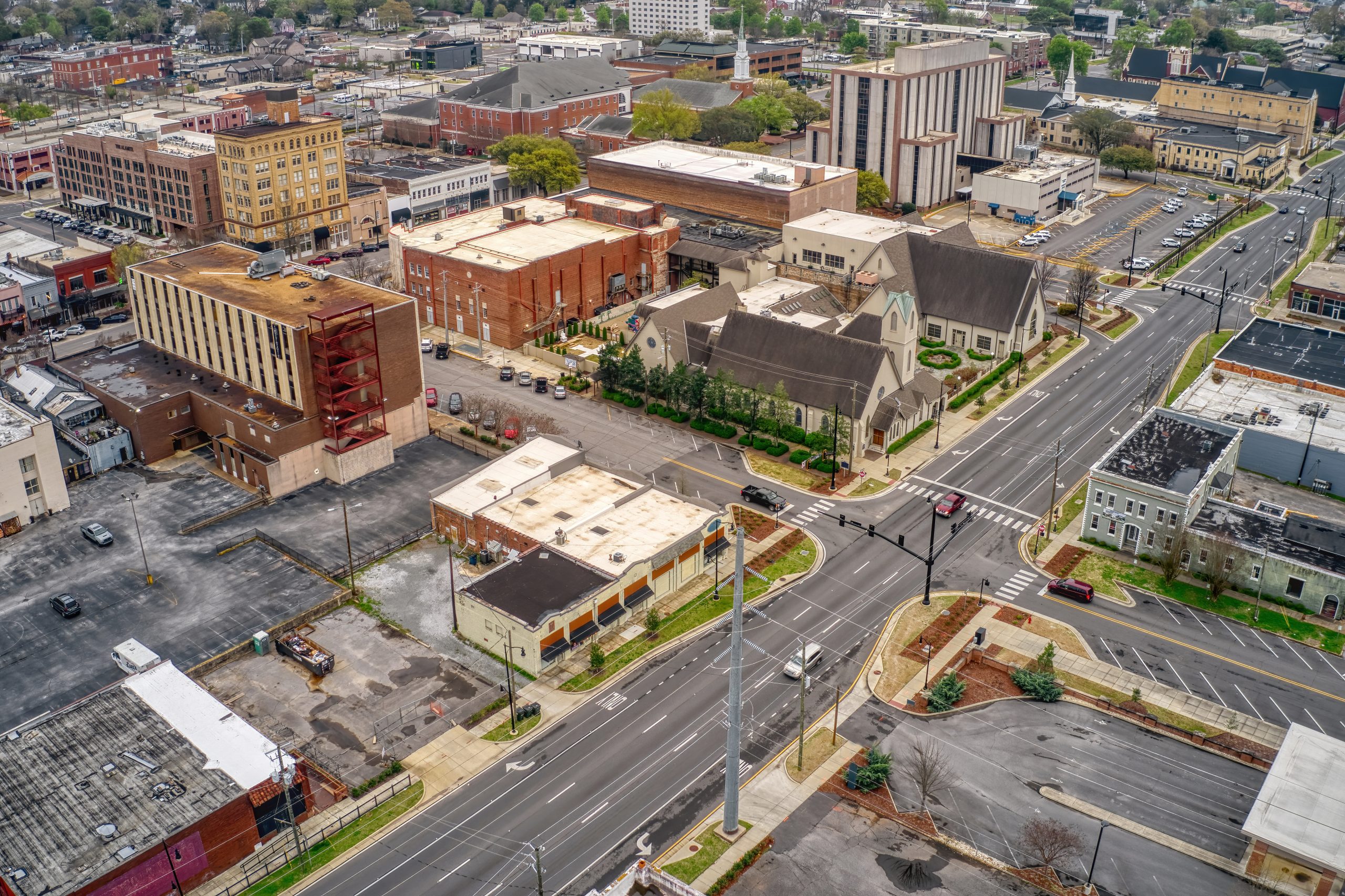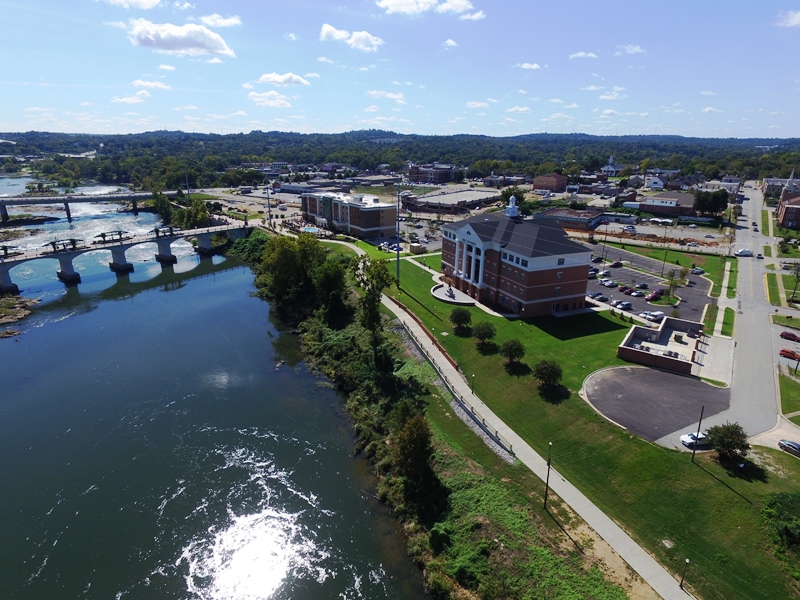Editor’s Note: All information in this article reflects data provided to the Alabama Center for Real Estate for the time period March 1 – 31, 2020. Thus, the performance represented is historical and should not be used as an indicator of future results, particularly considering the upcoming impact of COVID-19 on the housing market.
ACRE is posting coronavirus updates and commentary on the WIN, on our media platform exploRE and on our LinkedIn page.
—
Sales: According to the Lee County Association of Realtors, March residential sales in the Auburn-Opelika area decreased 3.7% year-over-year from 187 to 180 closed transactions. Following seasonal trends, sales increased 7.4% from February. Sales are now up 8.7% year-to-date, but are likely to moderate amid the COVID-19 pandemic. Two more resources to review: Quarterly Report and Annual Report.
For all of the Lee County area’s housing data, click here.
Inventory: Total homes listed for sale in March increased 12.1% year-over-year from 629 to 705 listings. Lee County and the Phenix City area were the only two ometro areas in the state with a Y/Y inventory gain during March. Months of supply increased from 3.4 to 3.9, reflecting a seller’s market in the area.
Pricing: The area’s median sales price in March was $241,000, equal to one year ago and a decrease of 3.9% from the prior month. This indicator can fluctuate from month to month because of the sampling size of data and seasonal buying patterns. Homes sold in March averaged 49 days on the market (DOM), 33 days faster than March 2019.
Forecast: March sales were 29 units, or 13.9%, below the Alabama Center for Real Estate’s (ACRE) monthly forecast. ACRE projected 209 sales for the month, while actual sales were 180 units. ACRE forecast a total of 475 residential sales in the area year-to-date, while actual sales were 476 units, a difference of 0.2%.
Click here to view the entire monthly report.
NAR commentary: According to the National Association of Realtors, existing home sales nationwide decreased 8.5% (seasonally adjusted annual rate) from March, an expected result due to the impact of COVID-19. However, total sales (seasonally unadjusted) did increase year-over-year (3.8%) according to the National Association of Realtors (NAR), from approximately 400,000 to 415,000 closed transactions. While sales are up 7.1% year-to-date, they are likely to moderate amid the coronavirus pandemic.
The nationwide median existing-home price increased 8% in March, marking 97 consecutive months of year-over-year gains. The nationwide median sales price is now up 7.7% year-to-date, and many experts believe that prices are likely to remain stable in the months ahead, very much unlike the housing crisis of 2008 when market conditions and underlying fundamentals were quite different.
Lawrence Yun, chief economist for the National Association of Realtors, said about the seasonally adjusted annual rate decline: “Unfortunately, we knew home sales would wane in March due to the coronavirus outbreak. More temporary interruptions to home sales should be expected in the next couple of months, though home prices will still likely rise.”
Regarding what’s currently on the market, Yun said, “Earlier in the year, we watched inventory gradually tick upward but with the current quarantine recommendations in place, fewer sellers are listing homes, which will limit buyer choices. Significantly more listings are needed and more will come on to the market once the economy steadily reopens.”
ACRE commentary: In Alabama, March sales results were quite surprising as they increased 6.6% year-over-year. The concern, however, is that many of the transactions closing in March were under contract prior to the pandemic. Sales are now up 11.1% year-to-date (YTD), but the first quarter of 2019 was relatively weak in terms of closed sales activity, suggesting YTD growth rates should not be overemphasized. The real wildcard is April and May sales as people adjust to selling a home in the COVID era.
Home price appreciation continued as the median sales price increased 7.7% year-over-year, marking 29 consecutive months of gains. On the supply side, inventory levels (properties listed for sale) declined 13%, extending the streak of Y/Y inventory declines to 61 months. With fewer listings, it is not surprising to see homes selling at a slightly quicker pace. Properties sold during March averaged 88 days on the market, 10 days faster than one year ago.
The Lee County Residential Monthly Report is developed in conjunction with the Lee County Association of Realtors to better serve area consumers.






